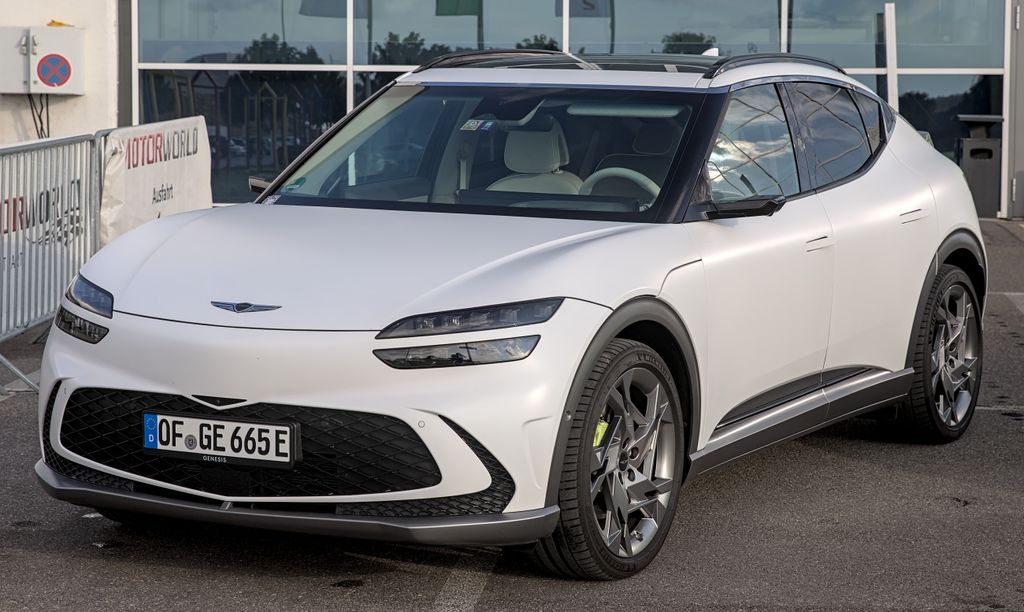
Retirement should be a period of enjoyment and financial peace, not a time for unexpected expenses and financial stress. For middle-class retirees, wise financial decisions are crucial, and one significant area where these choices impact your nest egg is your vehicle. Your car should offer reliable transportation and comfort, without becoming a drain on your budget or a source of constant worry.
The process of buying a car in retirement demands careful consideration, especially with factors like high payments, rapid depreciation, and potential repair costs looming. To guide you through this, we’ve gathered essential advice from auto expert Chris Pyle of JustAnswer.com. His insights aim to empower you, helping you sidestep common pitfalls that could otherwise threaten your financial security and peace of mind in your golden years.
Pyle’s primary recommendation for middle-class retirees might surprise you: avoid buying new cars entirely. This crucial advice forms the cornerstone of a smart vehicle strategy, paving the way for us to explore specific cars and categories that retirees should definitely steer clear of. Our objective is straightforward: to ensure your vehicle choice enhances your retirement experience, rather than detracting from it.
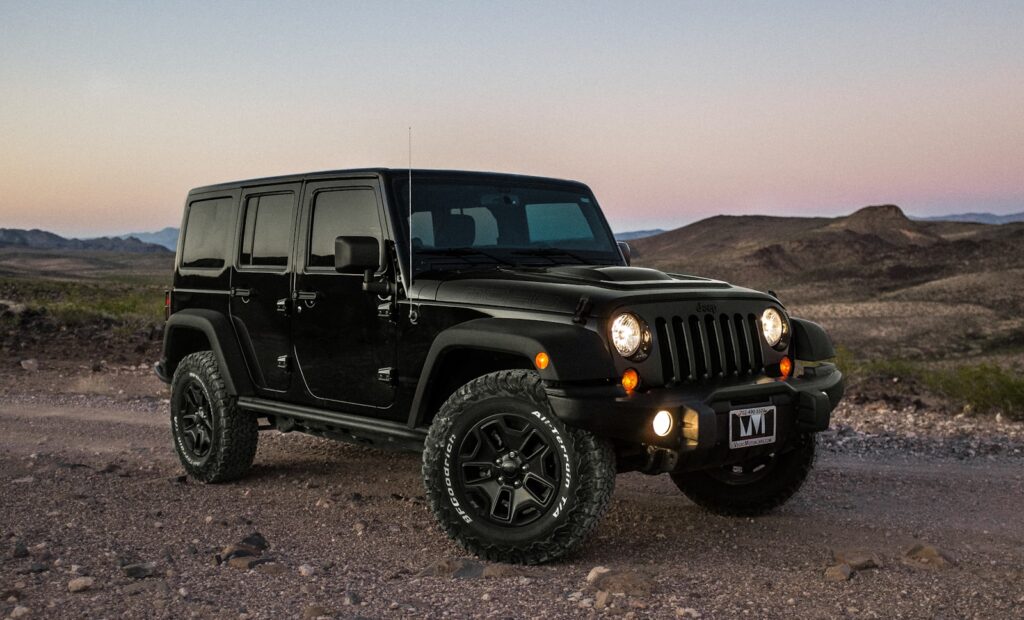
1. **Any New Car**Chris Pyle’s primary recommendation for middle-class retirees is to “forget about buying new cars entirely.” This isn’t just a suggestion; it’s a strategic move to safeguard retirement income. The high initial cost of a new vehicle, coupled with rapid depreciation, can quickly become a significant financial burden. As Pyle states, “In general, the middle-class income bracket should try to avoid buying any new car due to the cost and depreciation.”
The moment a new car leaves the dealership, its value typically plummets. This immediate drop means a substantial portion of your investment is instantly lost—a poor allocation of funds for someone on a fixed income. Pyle advises, “As a retired person or couple, there is no need to waste your retirement income or make high monthly payments on an expensive car.” He encourages retirees to “search for a used one” instead.
While the appeal of a brand-new car, with its pristine condition and latest features, is understandable, these benefits come at a premium that conflicts with financial prudence for retirees. High monthly payments quickly consume a carefully planned budget, leaving less for essential expenses or enjoyable retirement activities. A reliable used vehicle offers dependable transportation without the hefty price tag and immediate depreciation hit, helping retirement income stretch further.
Read more about: Mary of Nazareth: An In-Depth Examination of Her Enduring Significance Across Faiths and History
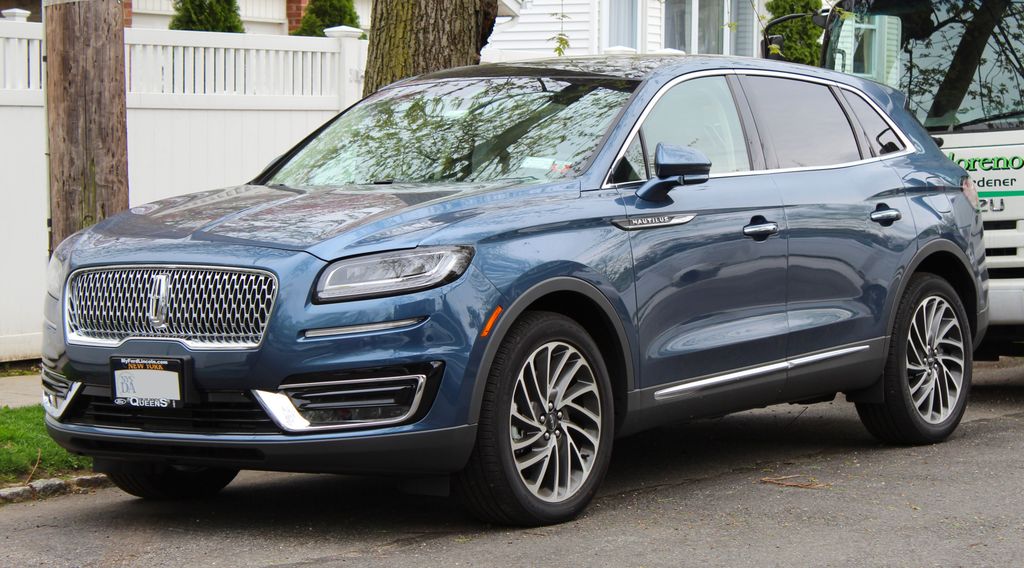
2. **Lincoln Nautilus**The Lincoln Nautilus, marketed as a luxury SUV, may initially appeal to retirees seeking elegance. However, auto expert Chris Pyle warns it’s far from a smart choice for those in their golden years. He points to critical issues concerning its mechanical reliability and rapid depreciation, urging retirees to look beyond marketing to understand the real implications of ownership.
Pyle states the Nautilus “is known for engine noise, some engine-related failures and it drops in value too fast.” This combination delivers a significant double blow to a retiree’s budget. Engine problems often lead to unexpected and expensive repair bills, transforming a supposed reliable vehicle into a frequent visitor to the mechanic. Such unforeseen expenses can quickly deplete retirement savings.
Compounding this, rapid depreciation means your luxury investment quickly loses value. You pay premium prices, but the vehicle’s worth diminishes quickly, leaving you with a depreciating asset prone to costly mechanical issues. For retirees prioritizing financial stability and predictable expenses, the Lincoln Nautilus represents an unnecessary risk and a poor investment, potentially causing considerable financial stress.
Car Model Information: 2021 Lincoln Nautilus BLACK LABEL
Caption: 2019 Lincoln Nautilus
Name: Lincoln Nautilus
Manufacturer: Ford Motor Company
Production: 2018–present
ModelYears: 2019–present
Class: Mid-size,luxury car,crossover SUV
BodyStyle: SUV
Layout: Front-engine, front-wheel-drive
Related: Ford Edge
Predecessor: Lincoln MKX
Categories: 2020s cars, All-wheel-drive vehicles, All Wikipedia articles written in American English, Articles with short description, CS1 Chinese (China)-language sources (zh-cn)
Summary: The Lincoln Nautilus is a mid-size luxury crossover SUV marketed and sold by the Lincoln brand of Ford Motor Company. The Nautilus was initially renamed from the MKX as part of a mid-cycle update in 2018 for the 2019 model year, as Lincoln phased out its use of “MK” model names. The name ‘Nautilus’ is derived from the ancient Greek word nautes, meaning “sailor,” as in nautical or astronaut.
The first generation is based on the CD4 platform, and was manufactured at Oakville Assembly in Oakville, Ontario, Canada alongside the Ford Edge, Ford Flex, and Lincoln MKT and manufactured in Hangzhou Assembly in Zhejiang, China by joint venture Changan Ford from 2021 to 2023. The second generation is solely produced by Changan Ford in China, as Ford is retooling the Oakville Assembly plant to produce electric vehicles.
Get more information about: Lincoln Nautilus
Buying a high-performing used car >>>
Brand: Lincoln Model: Nautilus
Price: $39,691 Mileage: 38,430 mi.
Read more about: Consumer Alert: The 15 New Cars Americans Are Most Likely to Regret Buying in 2025, According to Expert Analysis and Reliability Data
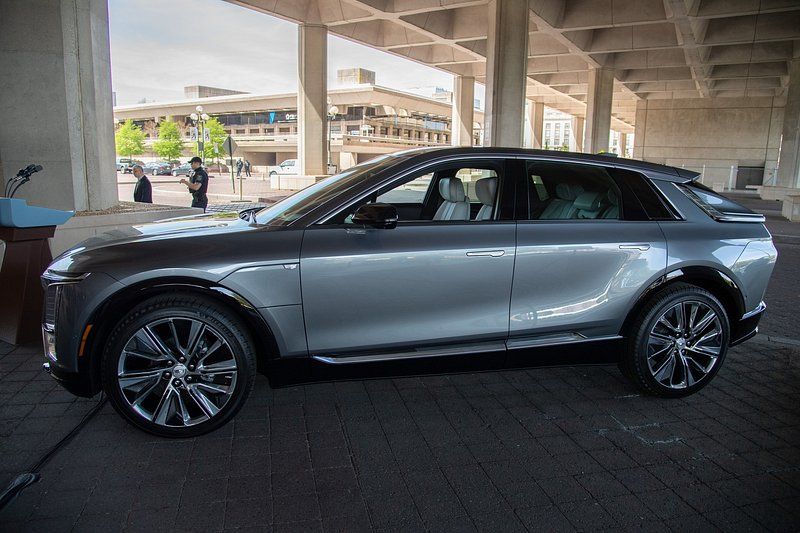
3. **Cadillac Lyric**The Cadillac Lyric, a push into the electric vehicle (EV) market, boasts advanced technology, but Chris Pyle warns of significant drawbacks for retirees. While its cutting-edge features appeal, the practicalities of owning such a complex vehicle demand careful consideration. For many retirees, reliability and simplicity often take precedence over technological sophistication in daily transportation.
Pyle observes that while the Lyric isn’t traditionally “known for parts failing,” it is “loaded with electronics that are expensive to replace when they do fail.” Modern vehicles, particularly EVs, integrate vast, sophisticated electronic systems. When these malfunction, diagnostic and replacement costs can be exceedingly high, creating a substantial financial burden retirees may struggle to handle without impacting savings.
Beyond cost, Pyle highlights a user-experience challenge: “most of those electronics are tough to learn and figure out, even for the younger generation.” Retirees seeking a straightforward driving experience might find the Lyric’s complex infotainment and driver-assist systems overwhelming. Coupled with “fast depreciation,” similar to the Lincoln Nautilus, the Cadillac Lyric promises more headaches and financial drain than peace of mind for those enjoying their retirement.
Read more about: Understanding Barry White’s Final Years: A Comprehensive Look at His Life, Music, and Health Challenges

4. **Jeep Wrangler**The iconic Jeep Wrangler, promising adventure and off-road capability, might entice some retirees keen on exploring nature. However, Chris Pyle strongly advises caution, noting its rugged image masks significant reliability issues that render it impractical for golden years. For most retirees, dependable, comfortable transportation outweighs extreme off-roading, and the Wrangler often falls short.
Pyle candidly states, “It is plagued with basically everything outside the cab failing, except the paint.” This vivid description illustrates a vehicle demanding constant repairs. Imagine planning a scenic drive or getaway, only to have it thwarted by mechanical failures. Instead of enjoying the outdoors, you could spend valuable retirement time and money at the repair shop—an undesirable outcome for most retirees.
Car expert Joe Giranda further highlights the Wrangler’s “high step-in height,” which “can be challenging to navigate” for older individuals. He also notes its “rough ride quality, especially on city streets or highways.” This combination of frequent repairs and a physically demanding driving experience makes the Jeep Wrangler an unsuitable companion for retirees prioritizing comfort, ease of access, and reliable, hassle-free journeys.
Car Model Information: 2019 Jeep Wrangler Sport S
Name: Jeep Wrangler
Caption: Jeep Wrangler Unlimited, Sahara edition
Manufacturer: Jeep
Class: Compact SUV
Production: 1986–present
Predecessor: Jeep CJ
Layout: Front-engine, rear-wheel-drive layout,rear-wheel drive
Chassis: Body-on-frame
Related: AIL Storm
Categories: 1980s cars, 1990s cars, 2000s cars, 2010s cars, All-wheel-drive vehicles
Summary: The Jeep Wrangler is a series of compact and mid-size four-wheel drive off-road SUVs manufactured by Jeep since 1986, and currently in its fourth generation. The Wrangler JL, the most recent generation, was unveiled in late 2017 and is produced at Jeep’s Toledo Complex.
The Wrangler is a direct progression from the World War II Jeep, through the CJ (Civilian Jeeps) produced by Willys, Kaiser-Jeep, and American Motors Corporation (AMC) from the mid-1940s through the 1980s. Although neither AMC nor Chrysler (after it purchased AMC in 1987) have claimed that the Wrangler was a direct descendant of the original military model — both the CJ Jeeps and the conceptually consistent Wrangler, with their solid axles and open top, have been called the Jeep model as central to Jeep’s brand identity as the rear-engine 911 is to Porsche.
Similar to the Willys MB and the CJ Jeeps before it, all Wrangler models continue to use a separate body and frame, rigid live axles both front and rear, a tapering nose design with flared fenders, a fold-flat windshield, and can be driven without doors. Also, with few exceptions, they have part-time four-wheel drive systems, with the choice of high and low gearing, and standard open bodies with removable hard or soft tops. However, the Wrangler series was specifically redesigned to be safer and more comfortable on-road, to attract more daily drivers, by upgrading its suspension, drivetrain, and interior, compared to the CJ line. The suspension on all Wranglers included trackbars and anti-roll bars, and, from the 1997 TJ onwards, front and rear coil springs instead of the previous leaf springs.
From 2004 on, the Wrangler has been complemented with long-wheelbase versions, called Wrangler Unlimited. 2004-2006 models were longer versions with 2 doors. In 2004, only automatic transmission-equipped “Unlimited” versions were sold. In 2005, both an automatic and manual 6-speed (NSG-370) were offered. Since 2007, the long-wheelbase Wranglers were four-door models, offering over 20 in (508 mm) more room. By mid-2017, the four-door models represented three-quarters of all new Wranglers on the market.
Get more information about: Jeep Wrangler
Buying a high-performing used car >>>
Brand: Jeep Model: Wrangler
Price: $24,082 Mileage: 52,780 mi.
Read more about: Consumer Reports Alert: 9 SUVs and Crossovers to Avoid for a Financially Sound Retirement
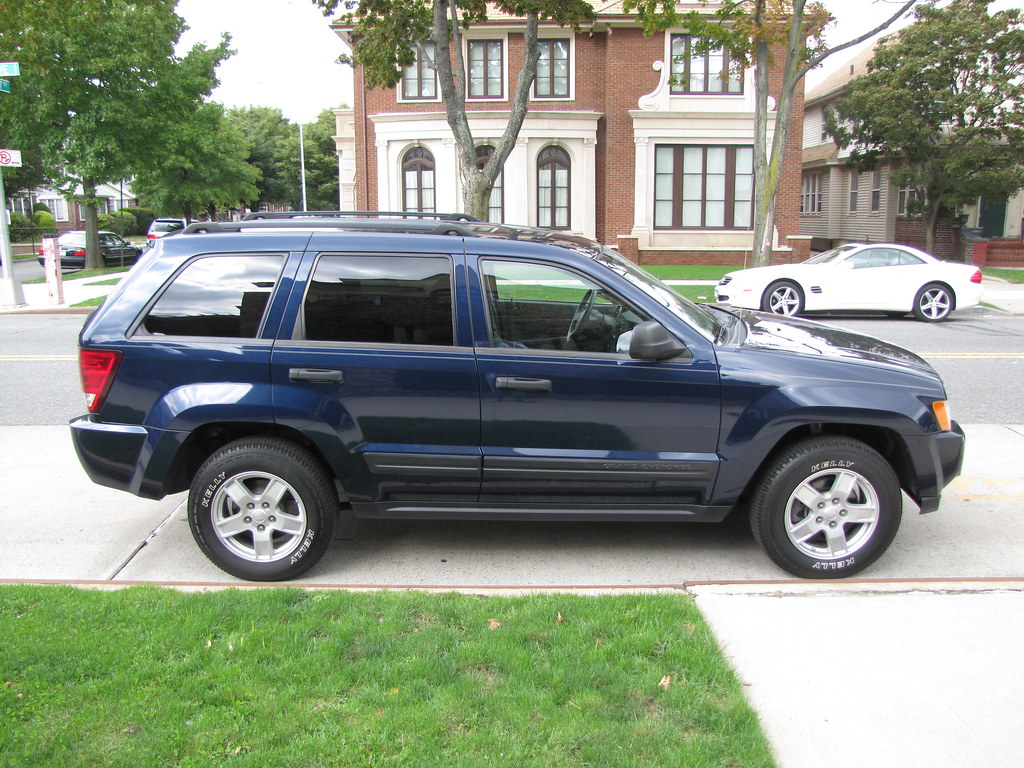
5. **Jeep Grand Cherokee**If you hoped the larger Jeep Grand Cherokee might avoid the Wrangler’s issues, Chris Pyle advises otherwise. This popular SUV regrettably inherits many of its sibling’s problems, adding its own challenges, especially with electronics. For retirees needing a spacious, dependable vehicle, the Grand Cherokee can often be a disappointing and costly choice.
Pyle explains, “The Jeep Grand Cherokee has mostly identical issues [to the Wrangler], but add in electronics failing to that list on this one.” This means, beyond the Wrangler’s mechanical woes, Grand Cherokee owners contend with the added complexity and expense of electronic malfunctions. Modern vehicles rely heavily on intricate electronic systems; their failure leads to time-consuming and costly diagnostics and repairs, similar to the Cadillac Lyric.
Pyle concludes that with a Grand Cherokee, “You will spend more time in the shop and less time enjoying retirement.” Both Jeep models, despite their rugged design, ultimately deliver unreliability over robust performance. For retirees, who deserve to relax and enjoy their leisure, a vehicle demanding frequent repairs and service directly hinders a peaceful and financially stable retirement.
Car Model Information: 2019 Hyundai SANTA FE 2.0T Limited
Name: Jeep Grand Cherokee
Manufacturer: Jeep
Production: 1992–present
ModelYears: 1993–present
Class: unbulleted list
BodyStyle: sport utility vehicle
Layout: unbulleted list
Chassis: Vehicle_frame#Uniframe
Categories: 2000s cars, 2010s cars, 2020s cars, All-wheel-drive vehicles, All Wikipedia articles written in American English
Summary: The Jeep Grand Cherokee is a range of mid-sized sport utility vehicles produced by American manufacturer Jeep. At its introduction, while most SUVs were still manufactured with body-on-frame construction, the Grand Cherokee has used a unibody chassis from the start.
Get more information about: Jeep Grand Cherokee
Buying a high-performing used car >>>
Brand: Jeep Model: Grand Cherokee
Price: $20,409 Mileage: 80,162 mi.
Read more about: Legends of the Asphalt: A Deep Dive into America’s Most Influential Automotive Icons
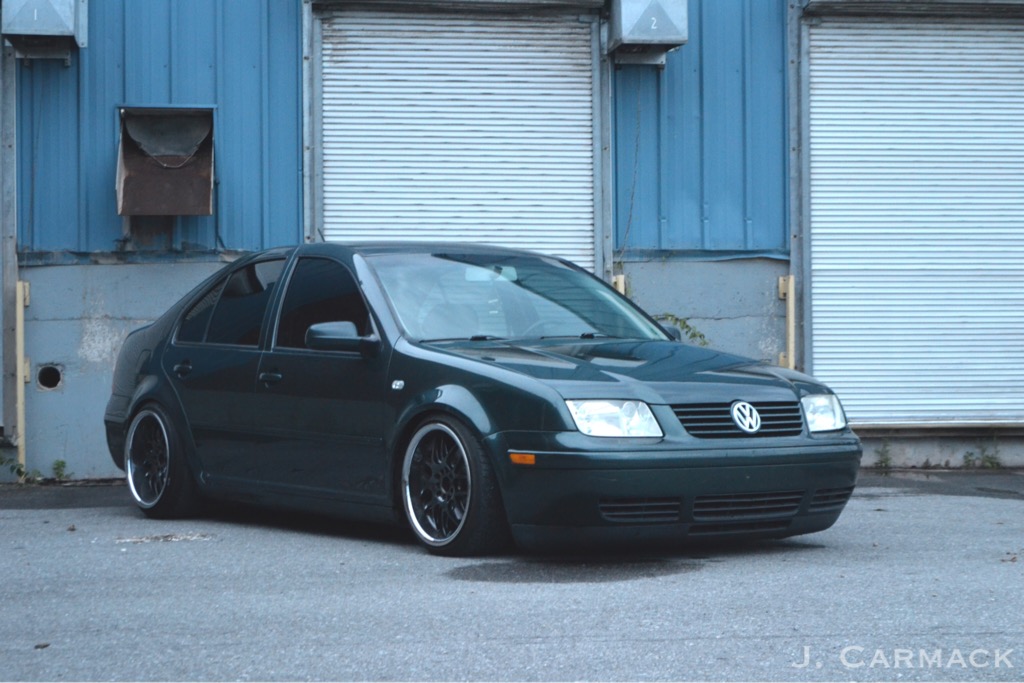
6. **Volkswagen Jetta**The Volkswagen Jetta often appears practical and economical, making it a potentially appealing choice for retirees seeking efficiency. However, Chris Pyle identifies significant issues that can quickly transform this seemingly sensible option into a source of frustration and unexpected expenses. It serves as a reminder that even budget-friendly cars can conceal costly problems.
Pyle specifically notes “common brake-related issues and concerns with the climate control.” Reliable braking is a fundamental safety requirement, so ongoing problems lead to stress and frequent repair visits. A malfunctioning climate control system also detracts from driving comfort, particularly for retirees sensitive to temperature changes or embarking on longer trips.
Even more critically for retirees, Pyle adds that “it is not easy to find shops outside of VW to work on them.” This limited service option forces owners into expensive dealership services when problems arise, inflating repair costs. For retirees who travel or live without easy access to a Volkswagen dealership, this becomes a major inconvenience and financial drain, emphasizing the importance of accessible, affordable maintenance.
Car Model Information: 2011 Volkswagen Jetta S
Name: Volkswagen Jetta
Production: 1979–present
Class: Compact car
Sp: uk
Categories: 1980s cars, 1990s cars, 2000s cars, 2010s cars, All-wheel-drive vehicles
Summary: The Volkswagen Jetta () is a compact car/small family car manufactured and marketed by Volkswagen since 1979. Positioned to fill a sedan niche slightly above the firm’s Golf hatchback, it has been marketed over seven generations, variously as the Atlantic, Vento, Bora, City Jetta, Jetta City, GLI, Jetta, Clasico, and Sagitar (in China).
The Jetta has been offered in two- and four-door saloon / sedan and sometimes as five-door wagon / estate versions. Since the original version in 1980, the car has grown in size and power with each generation. By mid-2011, almost 10 million Jettas have been produced and sold all over the world. As of April 2014, Volkswagen marketed over 14 million, becoming its top selling model.
Get more information about: Volkswagen Jetta
Buying a high-performing used car >>>
Brand: Volkswagen Model: Jetta
Price: $7,545 Mileage: 105,739 mi.
Read more about: The Great American Downshift: Unpacking Why More Consumers Are Rediscovering the Value of Compact Cars
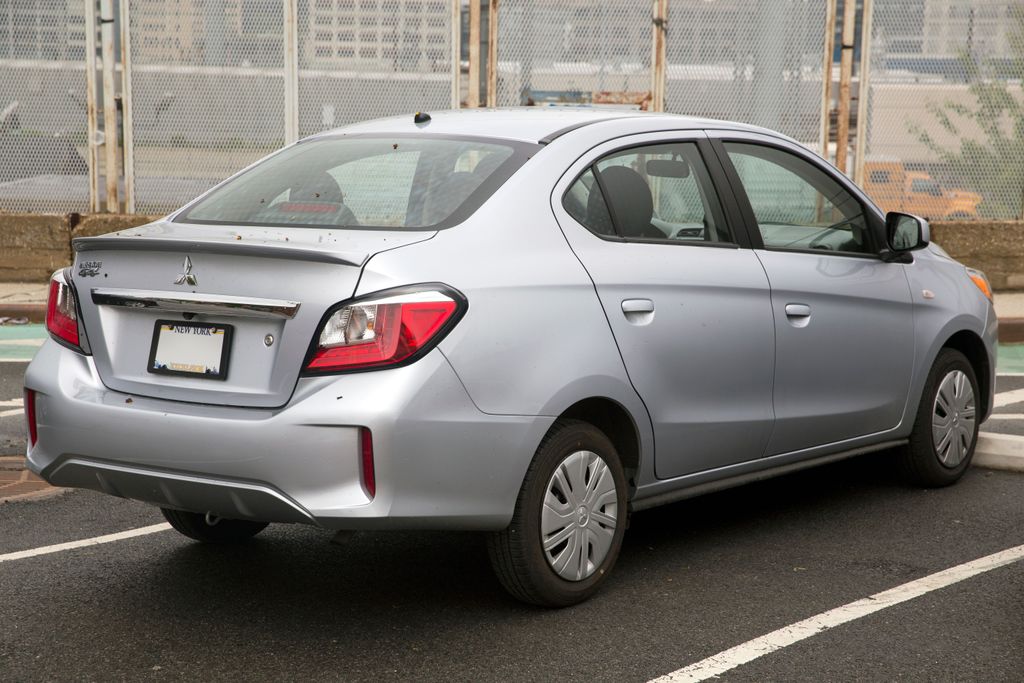
7. **Mitsubishi Mirage**The Mitsubishi Mirage often ranks high in affordability, seemingly an attractive option for retirees on a tight budget. However, Chris Pyle offers a stark warning: while it excels as “a cheap basic car,” the Mirage is “not good for a retired person to travel in,” primarily due to its profound lack of comfort. Initial savings are quickly overshadowed by the daily reality of ownership.
Pyle’s assessment is blunt: “You will find your old joints are going to hate you after 30 minutes in this car.” For seniors, comfort transcends luxury, becoming a necessity, especially for those with mobility issues or arthritis. A vehicle causing physical discomfort after a short drive isn’t conducive to enjoying retirement activities, from errands to road trips.
The Mirage’s rock-bottom price sacrifices basic comfort, ergonomic design, and ride quality. While it may provide bare-bones transportation for some, for retirees prioritizing physical well-being and an active lifestyle, the Mirage represents a false economy. It lacks essential comfort features that become increasingly crucial in later life, making it a car retirees should definitively avoid.
Building on the foundational advice of avoiding new cars and specific problematic models, this section broadens our scope to include categories of vehicles and specific models that pose challenges due to excessive maintenance, tricky handling, high insurance, or compromised safety. Making an informed choice now can save you significant headaches and expenses down the road, ensuring your vehicle truly supports a comfortable and secure retirement. Let’s delve into these additional pitfalls to guarantee your peace of mind.
Car Model Information: 2023 Mitsubishi Mirage Ralliart
Name: Mitsubishi Mirage
Caption: Mitsubishi Mirage (sixth generation)
Manufacturer: Mitsubishi Motors
Production: 1978–2003,2012–present
Class: Subcompact car
Layout: Front-engine, front-wheel-drive
Predecessor: Mitsubishi Lancer (A70)
Successor: Mitsubishi Lancer#Eighth generation (2000)
Categories: 1980s cars, 1990s cars, 2000s cars, 2010s cars, 2020s cars
Summary: The Mitsubishi Mirage is a range of cars produced by the Japanese manufacturer Mitsubishi from 1978 until 2003 and again since. The hatchback models produced between 1978 and 2003 were classified as subcompact cars, while the sedan and station wagon models, marketed prominently as the Mitsubishi Lancer, were the compact offerings. The liftback introduced in 1988 complemented the sedan as an additional compact offering, and the coupé of 1991 fitted in with the subcompact range. The current Mirage model is a subcompact hatchback and sedan and it replaces the Mitsubishi Colt sold between 2002 and 2012.
Get more information about: Mitsubishi Mirage
Buying a high-performing used car >>>
Brand: Mitsubishi Model: Mirage
Price: $16,980 Mileage: 11,832 mi.
Read more about: The Great American Downshift: Unpacking Why More Consumers Are Rediscovering the Value of Compact Cars

8. **Kia Cadenza**Retirees often seek vehicles that balance comfort with a sense of refined living, and the Kia Cadenza might, at first glance, appear to fit this bill. It presents itself with a semi-luxury facade, suggesting a premium experience without the premium price tag of a true luxury brand. However, auto expert Chris Pyle offers a cautionary perspective that should make middle-class retirees think twice before settling on this option.
Pyle points out a crucial discrepancy: the Cadenza “has a semi-luxury price but subpar in luxury.” This means you’re investing in a vehicle that looks the part but ultimately doesn’t deliver the quality, features, or comfort one would expect from its pricing. While Pyle acknowledges that it is a “dependable car,” dependability alone isn’t enough when you’re paying for an experience that doesn’t materialize.
The core issue for retirees, Pyle explains, is that “you are just not getting what you hoped for.” In retirement, every dollar counts, and misallocating funds on a car that fails to meet its implicit promise of luxury and comfort is a significant missed opportunity. For a semi-luxury price, retirees deserve a vehicle that truly enhances their daily life, rather than leaving them with the feeling of having compromised on value.
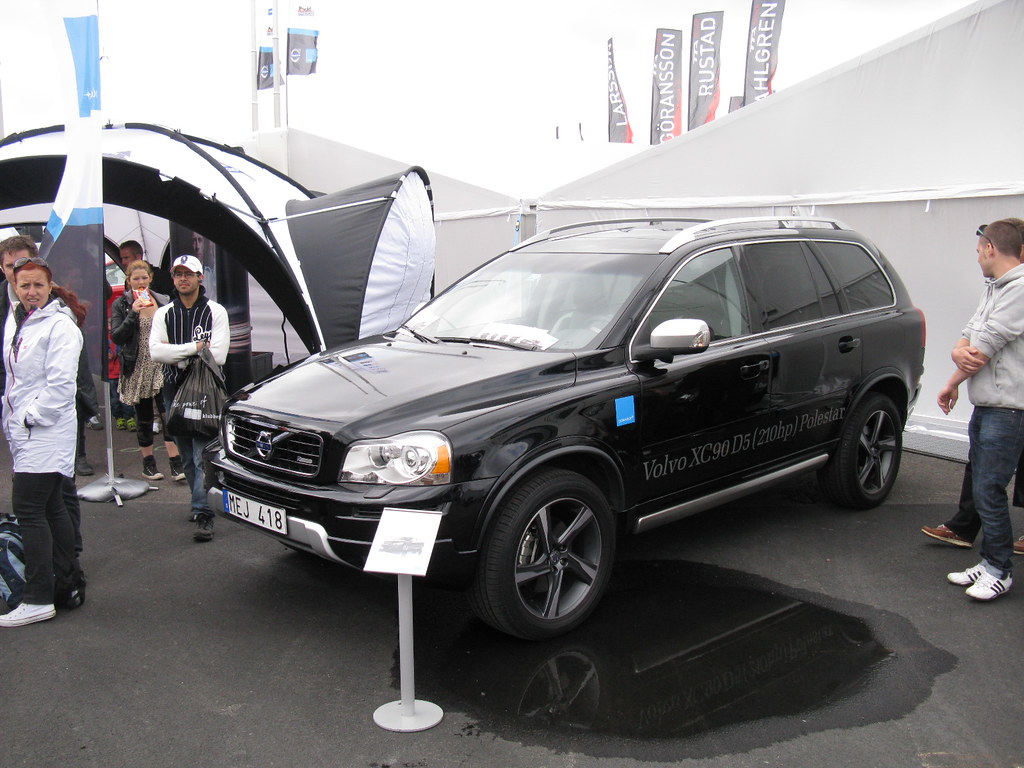
9. **Cars With High Ground Clearance**For many retirees, the allure of a commanding view from a large SUV or the ruggedness of a lifted truck might seem appealing. However, experts like Alan Gelfand, owner of German Car Depot, strongly advise against vehicles with high ground clearance, citing significant practical and physical drawbacks for older individuals. These cars, while impressive, can quickly become more of a hindrance than an asset.
Gelfand warns that “These cars are amazingly difficult to get in and out of, which is not ideal for people in retirement age.” The elevated ride height, which might be an advantage in certain off-road scenarios, translates into a constant physical challenge for daily tasks. Imagine the strain of repeatedly climbing into and out of a tall vehicle for errands or social outings.
This repeated effort, Gelfand notes, “will place unnecessary strain on your joints, which could affect your mobility, especially if you’re already managing conditions like arthritis or have hip issues.” For those prioritizing ease of movement and comfort in their golden years, such vehicles can actively detract from their quality of life. Consumer advocate Erin Kemp from Bumper also highlights the financial aspect, adding that “trucks are usually more expensive compared to sedans, too,” increasing both purchase price and potential insurance costs. Melanie Musson, an auto industry expert with CarInsurance.org, specifically points to the Chevrolet Silverado, stating that “Risking a fall is a good reason to avoid pickup trucks,” further emphasizing the safety concerns associated with their height.
Read more about: Legends of the Asphalt: A Deep Dive into America’s Most Influential Automotive Icons

10. **Luxury Vehicles (Beyond Specific Models)**While specific luxury models like the Lincoln Nautilus and Cadillac Lyric were discussed earlier for their individual flaws, the broader category of exotic or very expensive luxury cars also presents unique challenges for middle-class retirees. The appeal of a high-end vehicle is understandable, but the long-term financial and practical implications can be daunting, according to experts like Alan Gelfand and Angel Reyes.
Gelfand warns that these types of cars “often have costly maintenance due to the specialized parts they come with which can become a financial burden.” Unlike more common vehicles, luxury cars frequently require specific, often imported, components and specialized labor, driving up repair bills significantly. This level of ongoing expense can quickly erode a carefully planned retirement budget, turning a dream car into a financial nightmare.
Beyond maintenance, these vehicles can pose unexpected safety risks. Angel Reyes, managing partner at Angel Reyes & Associates, points out that while “flashy and fun,” they “often come with excessive power and sharp handling that can be tough to control in high-stress situations.” For retirees whose reaction times might be slower, an “overly responsive car can be harder to manage, potentially leading to accidents,” making the driving experience more stressful than enjoyable. Melanie Musson adds that the Mercedes S Class, a popular luxury choice, has “one of the biggest depreciation rates of any vehicle at over 50%,” meaning your significant investment loses value rapidly, compounding the high repair costs from its German-made parts.
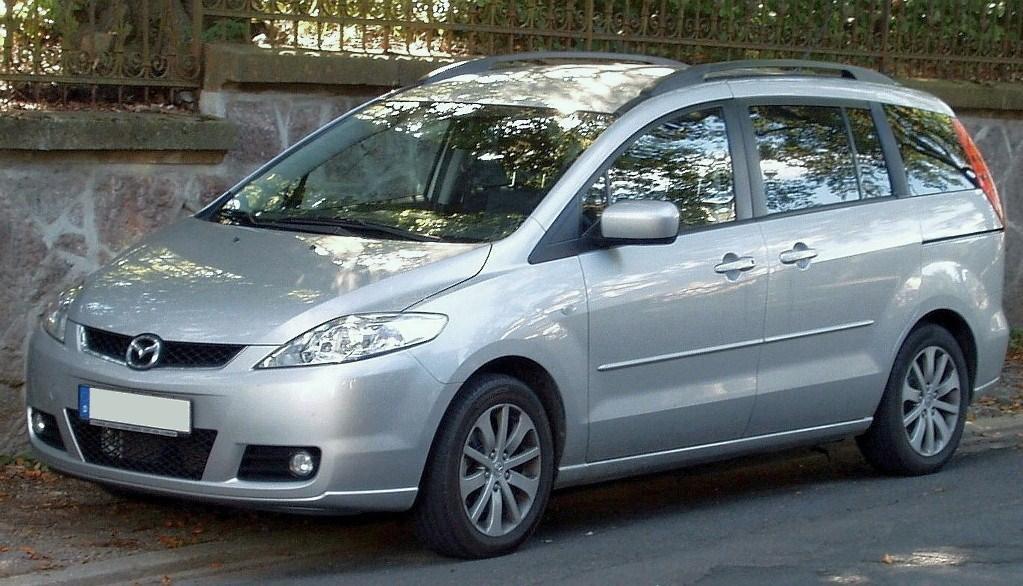
11. **Cars With Excessive Maintenance Needs (e.g., Plug-in Hybrids and EVs)**In the pursuit of modern efficiency, some retirees might consider plug-in hybrids or full electric vehicles (EVs). While the Cadillac Lyric was highlighted for its complex electronics, the broader category of these advanced powertrains introduces another specific concern: excessive maintenance requirements that differ from traditional gasoline cars. Lauren Fix, a sector analyst and industry expert at The Car Coach, advises against these vehicles due to their unique upkeep demands.
Fix specifically mentions “avoiding vehicles with high maintenance issues such as plug-in hybrids and electric vehicles.” Her reasoning centers on a often-overlooked consequence of their design: “Their additional weight means tire and brake pad replacement every year or 12,000 miles.” This frequent replacement schedule for essential components translates into a predictable, and substantial, annual expense that many retirees might not anticipate.
For those on a fixed income, these recurring, high-cost maintenance items can significantly strain a budget, diminishing the perceived savings from fuel efficiency. While the technology is appealing, the practical reality of increased wear and tear on heavy components means more trips to the shop and more money spent on replacements. It’s crucial for retirees to weigh these ongoing costs against any environmental or fuel-saving benefits.
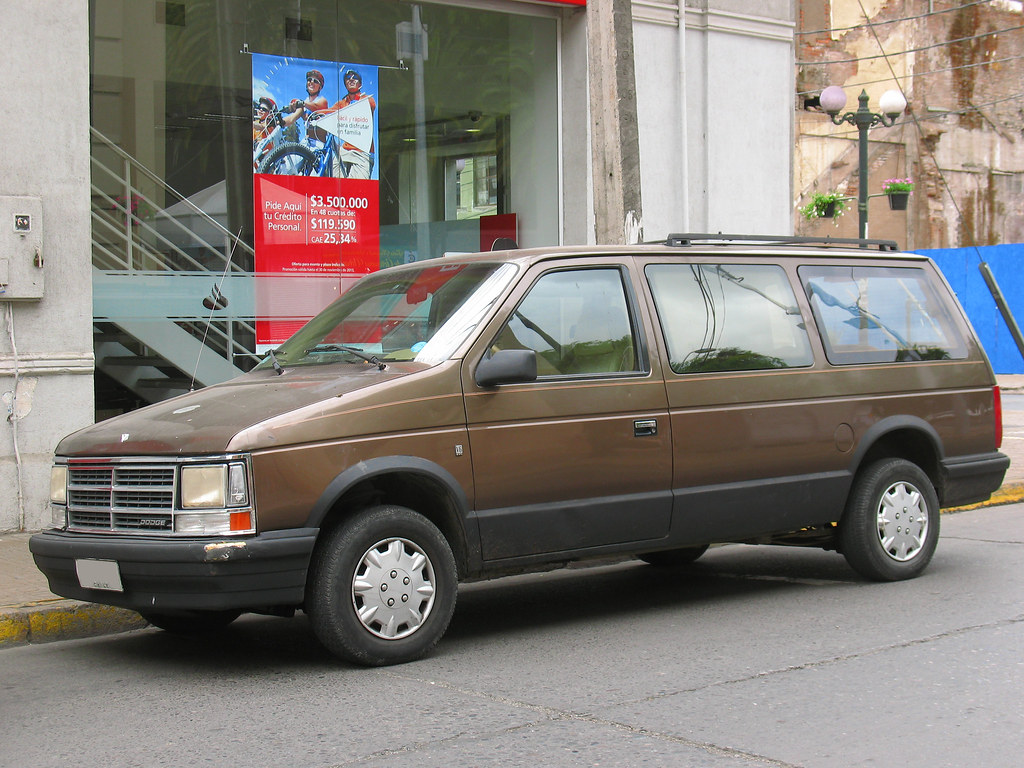
12. **Cars With High Insurance Costs**Car insurance is a non-negotiable expense for vehicle ownership, and for retirees on a fixed income, it can become a surprisingly hefty burden. Some vehicles, by their nature, command significantly higher insurance premiums, making them financially unfeasible for a comfortable retirement. Lauren Fix emphasizes the importance of factoring insurance costs into the car-buying decision, advising smart shopping to mitigate this expense.
Fix explicitly states, “Paying to insure a car is not cheap, and some cars like luxury cars or new cars can cost a lot more.” The type of vehicle, its value, repair costs, and even its safety features (or lack thereof) all influence insurance rates. A car that might seem affordable upfront could end up costing hundreds or even thousands more each year in premiums, draining a retirement budget.
Therefore, Fix’s advice is clear: “Seeking a reliable vehicle with low insurance costs can help retirees save money.” This means looking beyond the purchase price and considering the full spectrum of ownership costs. For instance, Melanie Musson notes that high-performance cars like the Nissan GT-R have a “high cost of ownership, partially due to expensive insurance premiums,” making them particularly problematic. Choosing a car with an established record for lower insurance rates is a practical strategy to maintain financial stability in retirement.
Read more about: Beyond the Buzz: Unpacking Why Car Subscription Services are Driving the Future of Automotive Mobility

13. **Cars With Low Safety Ratings**When selecting a vehicle, nothing should take precedence over safety, especially for retirees. As physical changes occur with age, the protective capabilities of a car become even more critical. Lauren Fix strongly recommends a thorough investigation into a vehicle’s safety ratings before making any commitment, emphasizing a stark truth: “Cars can be replaced. People cannot.”
Angel Reyes, a personal injury attorney, echoes this sentiment, stressing that “safety should be the top priority — not just for themselves, but for everyone else on the road.” He has personally witnessed how certain vehicles can escalate the risk of accidents or exacerbate injuries, particularly for older drivers who may experience “challenges like slower reaction times or reduced mobility.” A car with substandard safety features can turn a minor incident into a life-altering event.
From a legal standpoint, Reyes notes that “driving a vehicle that doesn’t meet safety standards can also hurt your case if you’re involved in an accident.” Investing in a vehicle with a proven track record of high safety ratings is not just a personal choice; it’s a vital step in protecting your physical well-being and your financial future, potentially avoiding costly medical bills and legal complications. Always prioritize a vehicle that offers robust protection and peace of mind on every journey.
Read more about: From Roaring V8s to Silent Power: My Week-Long Deep Dive into the Striking Differences Between Gas Cars and EVs
14. **High-Performance Sports Cars (e.g., Nissan GT-R, Chevrolet Camaro)**The allure of speed and sleek design might tempt some retirees towards high-performance sports cars. While they offer an undeniable thrill, vehicles like the Nissan GT-R or the Chevrolet Camaro present a host of practical and financial drawbacks that make them ill-suited for the realities of retirement. Experts agree that these vehicles often bring more complications than joy for older drivers.
Melanie Musson points out several significant practical issues with cars like the Nissan GT-R. “They don’t handle adverse weather conditions well,” making them impractical for year-round driving in many climates. Furthermore, she notes, “There isn’t extra room for passengers or luggage,” severely limiting their versatility for daily errands or road trips that many retirees enjoy. Musson also highlights that “they’re hard to get into and out of because of how low they sit,” posing physical challenges similar to those found in vehicles with high ground clearance, but in reverse.
Beyond practicality, the financial implications are considerable. Musson adds that the GT-R has a “high cost of ownership, partially due to expensive insurance premiums.” Chris Pyle further explains that while a Chevrolet Camaro “may seem like a collector car, I doubt it will end up as one,” warning that “you will spend a lot of money to have to hold onto it for many years to get it to turn into an investment as long as you can keep the miles off.” For retirees, these vehicles represent poor investments that demand high ongoing costs and offer limited utility, fundamentally detracting from the financial peace and practical comfort that should define their golden years.
The journey through car ownership in retirement doesn’t have to be fraught with peril. By consciously avoiding these 14 categories and specific models, middle-class retirees can sidestep common pitfalls that could otherwise chip away at their nest egg and their peace of mind. The common threads weaving through all these warnings—rapid depreciation, complex electronics, limited service options, poor comfort, and high overall costs—are powerful indicators of what to avoid. Remember, the goal isn’t to own the flashiest car, but to secure dependable, comfortable, and affordable transportation. By focusing on practical wisdom—buying used, prioritizing reliability, and resisting the urge for unnecessary luxuries—you can make a vehicle choice that truly enhances your retirement, allowing you to enjoy your golden years worry-free, mile after joyful mile. Your retirement budget and your joints will thank you for making smart, informed decisions.”
, “_words_section2”: “1994




